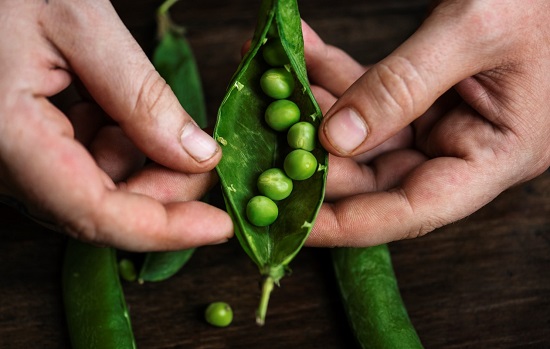Seed dispersal mechanisms
In the wild, plants have developed various seed dispersal strategies to ensure the survival of their seeds. They come into play after seeds have matured, and can give the seeds a competitive advantage. In such plants, seed longevity continues to improve as the seeds dry down to equilibrium with ambient conditions. Viability does not peak until very close to seed dispersal. Let’s look at a couple of examples.
Case study: bursting with viability

In wild relatives of crop species such as peas, the natural seed dispersal mechanism is what biologists call ‘explosive’. After maturing, the pod splits open suddenly so that the seeds burst out, and are propelled far enough to land some distance away from the parent plant. This helps young seedlings to survive in situ, by reducing competition with the parent plant.
Crop species descended from plants with this dispersal mechanism retain the tendency for longevity to improve until very late in seed development. While the weight of the seeds stabilizes, they are still drying out in preparation for dispersal. This lower moisture content has a beneficial effect on longevity in storage, which keeps improving until very close to the time of dispersal. This is why, in many crops, it is a good idea to harvest as close to the point when the plant naturally disperses its seeds as possible.
Explosiveness can be a challenge in a wide variety of crops. For instance, some wild varieties of rice are highly shattering. They may release seeds before the seeds are fully mature, while their moisture content is still high. By harvesting too soon, the seeds will be immature, and not ready for storage. But if you wait too long before harvesting, the seeds you have carefully cultivated could disperse and be lost to your genebank. Gathering seeds from the ground is not good practice. CGIAR genebanks have developed a range of strategies to overcome these challenges, which you will learn about next.
Pre-storage factors
